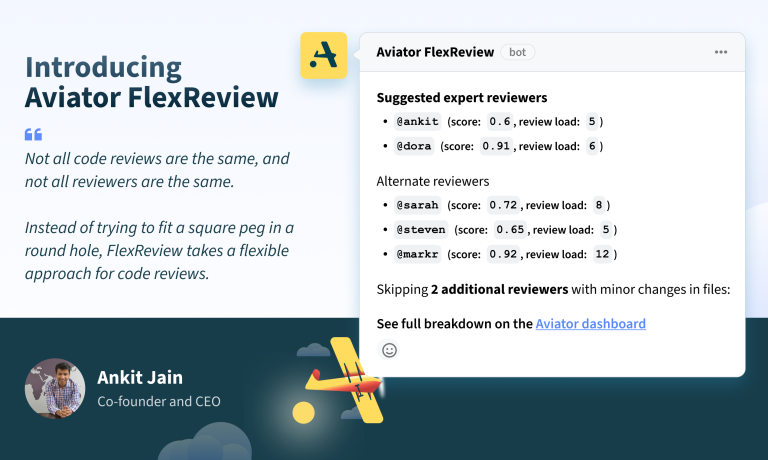
Flaky tests, which fail unpredictably without changes in code or environment, can cause significant delays in development. They disrupt merge queues by blocking valid pull requests, leading to resets, wasted resources, and frustration among developers. Merge queues are designed to streamline the integration process, but flaky tests undermine their efficiency. Tools like Aviator MergeQueue help manage these challenges with features such as parallel testing and early validation. By addressing flaky tests and stabilizing testing environments, teams can ensure smoother workflows and more reliable CI/CD pipelines.







